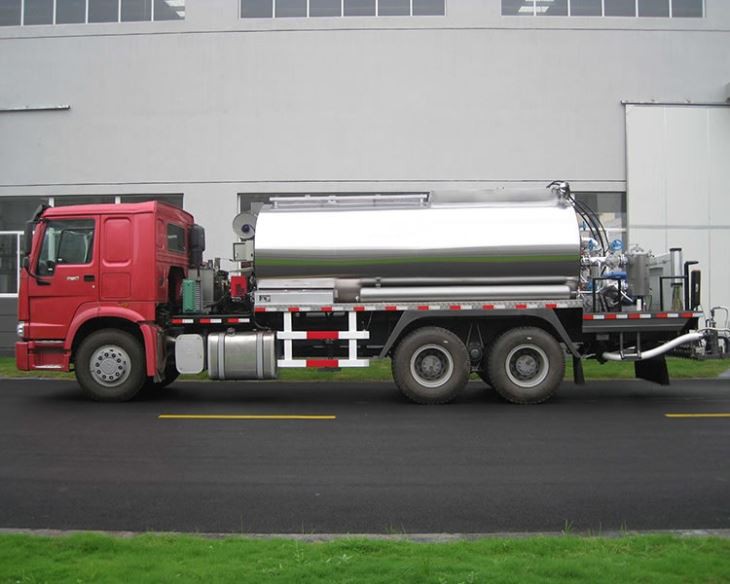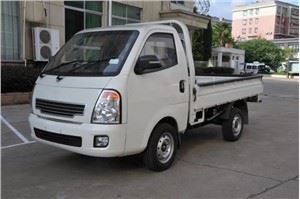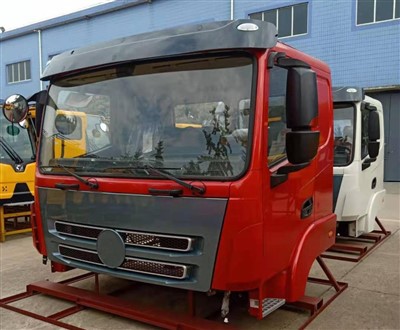Chevy Silverado Crew Cab vs Double Cab: A Comprehensive Comparison

Introduction
The Chevy Silverado remains one of the most popular full-size pickup trucks on the market. With different cab configurations available, choosing between the crew cab and double cab can be a challenging decision for potential buyers. Each option offers unique benefits and drawbacks depending on your lifestyle, passenger needs, and cargo requirements. This article aims to provide an in-depth examination of the Chevy Silverado crew cab and double cab, helping you make an informed choice. We’ll explore the dimensions, interior space, comfort, cargo capabilities, and much more in our detailed comparison.
1. Understanding Cab Configurations
1.1 What is a Crew Cab?
A crew cab typically features four full-sized doors and a spacious back seating area, designed to accommodate a larger number of passengers comfortably. This configuration is perfect for families and those who frequently travel with friends.
1.2 What is a Double Cab?
The double cab, also known as the extended cab, offers two full-sized front doors and two smaller rear doors. While it provides more passenger space than a regular cab, it’s not as spacious as a crew cab. This setup balances passenger comfort with cargo flexibility.
2. Dimensions and Space
2.1 Size Comparison
When considering space, both cab styles have distinct measurements. Here’s a comparison of the dimensions for both cab configurations:
| Feature | Crew Cab | Double Cab |
|---|---|---|
| Overall Length | Similar, depending on bed size | Similar, depending on bed size |
| Legroom (Front) | 44.5 inches | 44.5 inches |
| Legroom (Rear) | 43.4 inches | 35.2 inches |
| Headroom (Front) | 40.1 inches | 40.1 inches |
| Headroom (Rear) | 40.0 inches | 38.9 inches |
2.2 Interior Space
The crew cab offers ample room for five to six passengers, making it a suitable choice for larger families or frequent travelers. The double cab can usually accommodate four to five passengers comfortably but may be more cramped for taller individuals in the back seat. If rear-seat legroom is a priority, the crew cab is the clear winner.
3. Comfort and Amenities
3.1 Seating Options
Both cab types come with a variety of seating materials and configurations, including cloth and leather options. The crew cab tends to feature more luxury options, especially in higher trims, which may include heated and ventilated seats as standard.
3.2 Storage and Utility
Both configurations offer storage solutions, including under-seat storage, glove compartments, and door pockets. The crew cab often has more space for personal items due to its larger cabin size, while the double cab can have storage, albeit on a smaller scale.
4. Cargo Capabilities
4.1 Bed Sizes
The Chevy Silverado is available with multiple bed lengths, regardless of cab configuration. Common bed sizes include:
- Standard Bed (6.6 ft)
- Long Bed (8.2 ft)
- Short Bed (5.8 ft)
Customers should evaluate their cargo needs to choose a bed size that complements the cab type.
4.2 Payload Capacity

Both the crew cab and double cab have similar payload capacities, which can vary by trim and equipment. Typically, the maximum payload ranges from 1,500 to 2,000 pounds. If heavy hauling is a priority, both configurations can handle significant loads, but it’s crucial to check the specific model’s specifications.
5. Performance and Towing
5.1 Engine Options
Both cab styles offer the same engine options, including fuel-efficient V6 and powerful V8 engines. This allows buyers to choose an engine that fits their performance needs.

5.2 Towing Capacity
The towing capacity is similar for both configurations. With proper equipment, the Silverado can tow up to 13,300 pounds, depending on the engine and trailer equipment. This makes both cab styles suitable for towing boats, trailers, and other recreational vehicles.
6. Pricing and Value
6.1 Cost Comparison
The price varies based on the cab configuration, trim level, and added options. Generally, the crew cab is more expensive due to its larger size and additional features, whereas the double cab tends to be more budget-friendly. Here’s a rough breakdown based on typical models:

| Configuration | Base Price | Top Trim Price |
|---|---|---|
| Crew Cab | $35,000 | $70,000+ |
| Double Cab | $30,000 | $65,000+ |
7. Safety Features
7.1 Safety Ratings
The Chevy Silverado has performed well in crash tests, with both cab styles earning favorable safety ratings. Standard safety features include automatic braking, lane monitoring, and rear cross-traffic alert.
7.2 Advanced Safety Options
Higher trim levels often include advanced safety technology, such as adaptive cruise control, blind-spot monitoring, and 360-degree camera systems, adding extra peace of mind regardless of the cab style chosen.
8. Practical Examples and Tips for Choosing
8.1 Best Use Cases for Each Configuration
Choosing between a crew cab and double cab often comes down to how you plan to use the vehicle:
- Crew Cab: Ideal for families, those who transport passengers regularly, or people needing extra space for trips.
- Double Cab: Better for those who prioritize cargo space over rear-seat comfort or who occasionally transport additional passengers.
8.2 Test Driving and Experience
It’s highly recommended to test drive both configurations. Pay attention to comfort, ease of access to the rear seats, and overall driving experience. This hands-on approach will help solidify your decision.
9. Environmental Considerations
9.1 Fuel Efficiency
The fuel-efficiency ratings can vary slightly between the two cab types due to the difference in weight. Generally, the double cab may have a slight advantage in fuel economy over the crew cab. It’s advisable to compare EPA ratings when making a decision.
9.2 Eco-Friendly Options
Chevrolet is expanding its lineup with electric and hybrid models. While this article focuses on traditional cab configurations, future purchases may include environmentally friendly alternatives.
10. Frequently Asked Questions (FAQ)
10.1 What’s the primary difference between a crew cab and a double cab?
The primary difference lies in the size and layout of the rear seating area. A crew cab has more rear-seat legroom and more spacious overall dimensions compared to a double cab.
10.2 Is a crew cab worth the extra cost?
If you frequently travel with multiple passengers or require more space for family trips, the crew cab provides greater comfort and convenience that may justify the higher cost.
10.3 Can both cab styles tow equally well?
Yes, both crew cab and double cab configurations can achieve similar towing capacities depending on the engine choice and towing package selected.
10.4 Which cab configuration offers better off-road capabilities?
The off-road capabilities are more reliant on the trim level and equipment packages rather than the cab configuration. However, both styles can be equipped to handle off-road conditions effectively.
10.5 Are there any notable comfort differences between the two?
The crew cab tends to offer superior rear-seat comfort and more legroom. If passenger comfort is a critical factor, the crew cab is likely the better choice.
10.6 How do maintenance costs compare between the two cab styles?
Maintenance costs are generally similar for both configurations; however, higher trims and added features may increase costs slightly depending on the specifics of the models.
